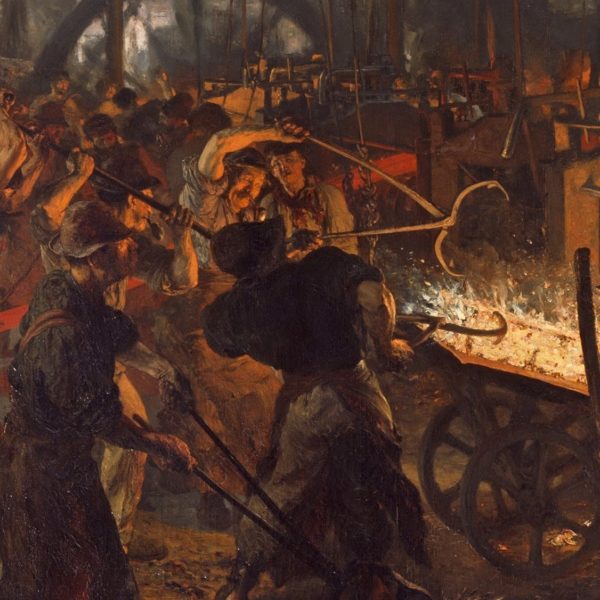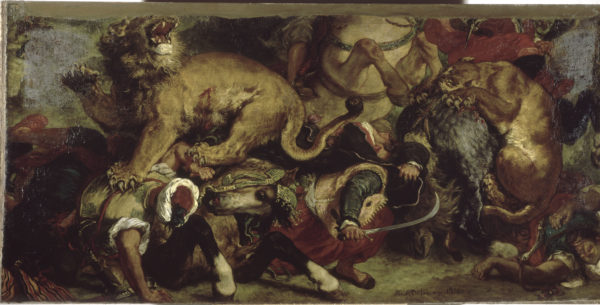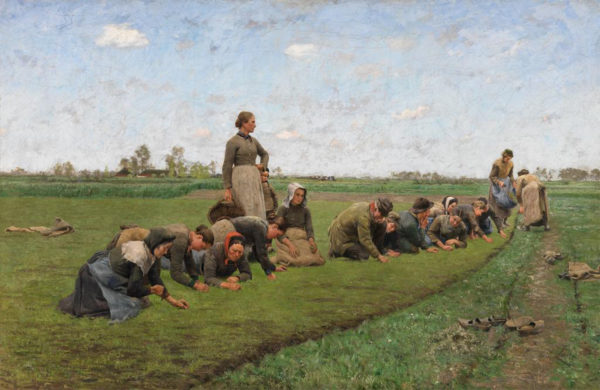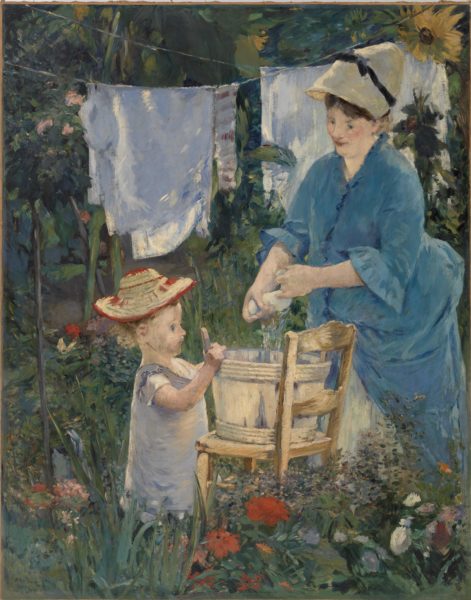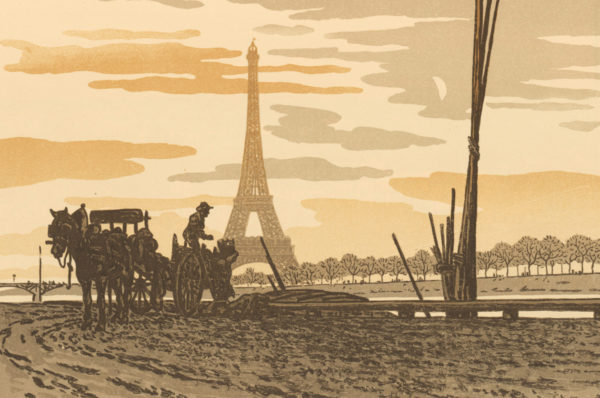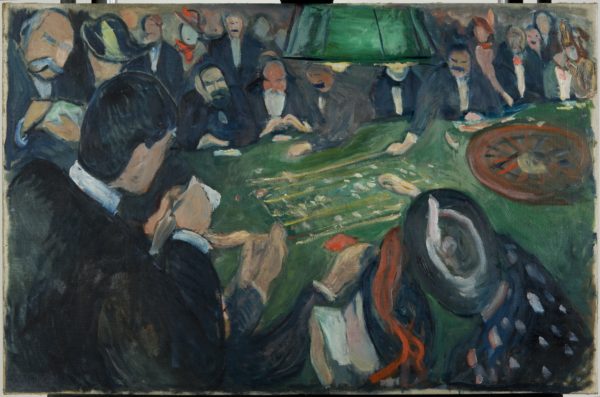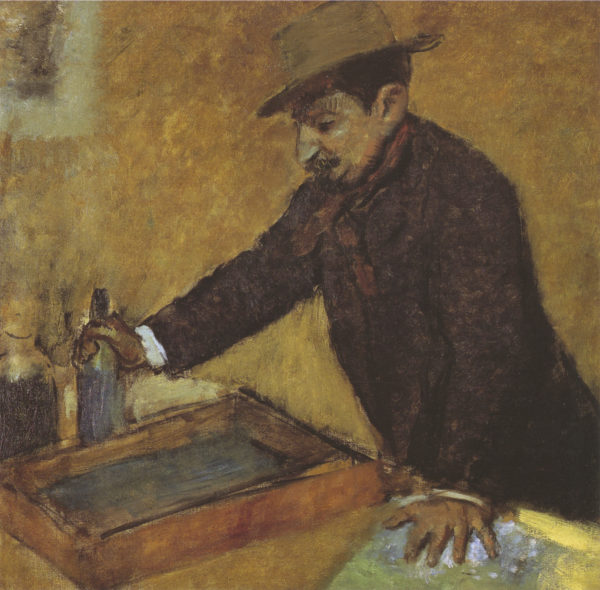
The Making of Degas: Duranty, Technology, and the Meaning of Materials in Later Nineteenth-Century Paris
This essay will revisit key aspects of Degas’s critical reception and elaborate a new professional cohort for him, positioning his exploration of new modes of picture- and object-making in close connection to the work of several illustrious engineers, inventors, and manufacturers with whom he was close. These figures’ careers, I will argue, overlapped in certain important but overlooked respects with Degas’s own, all of which were founded on a primary engagement with materials, construction, and invention.

